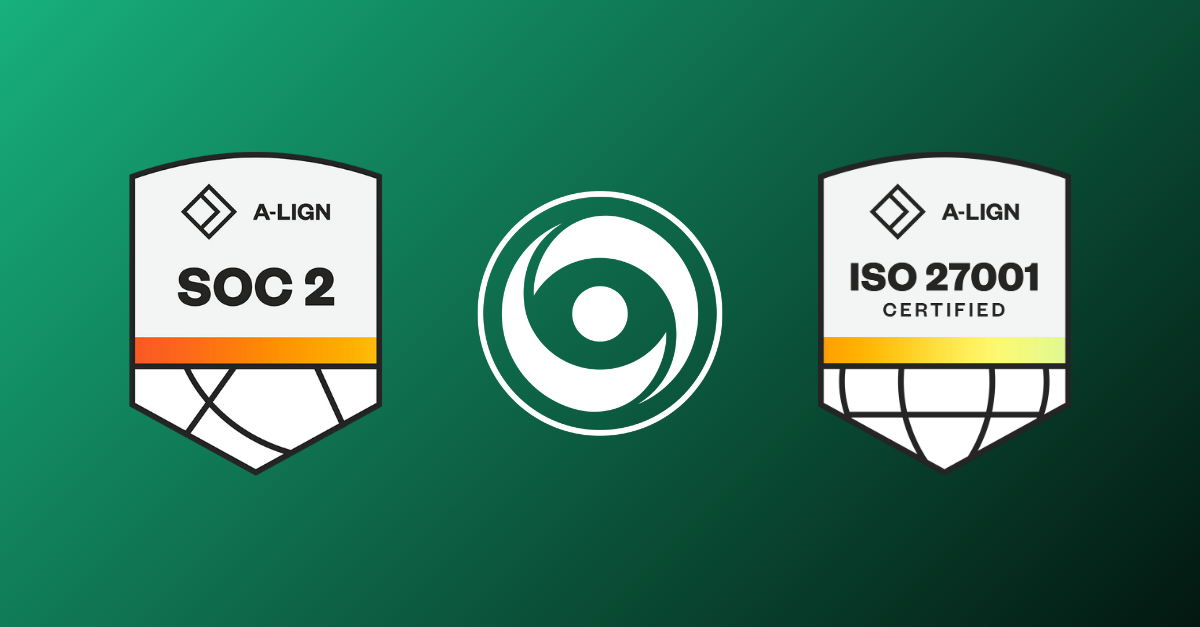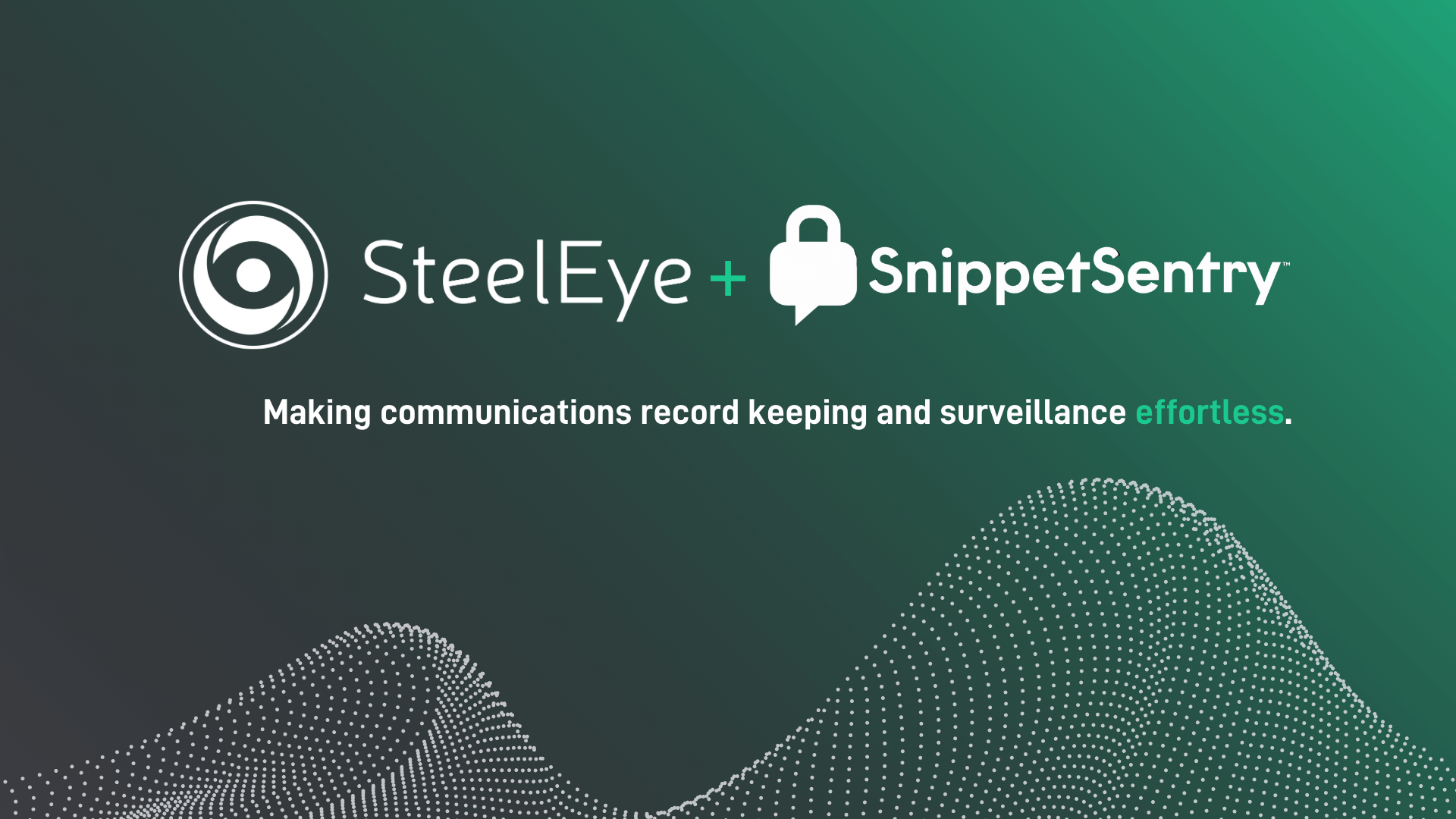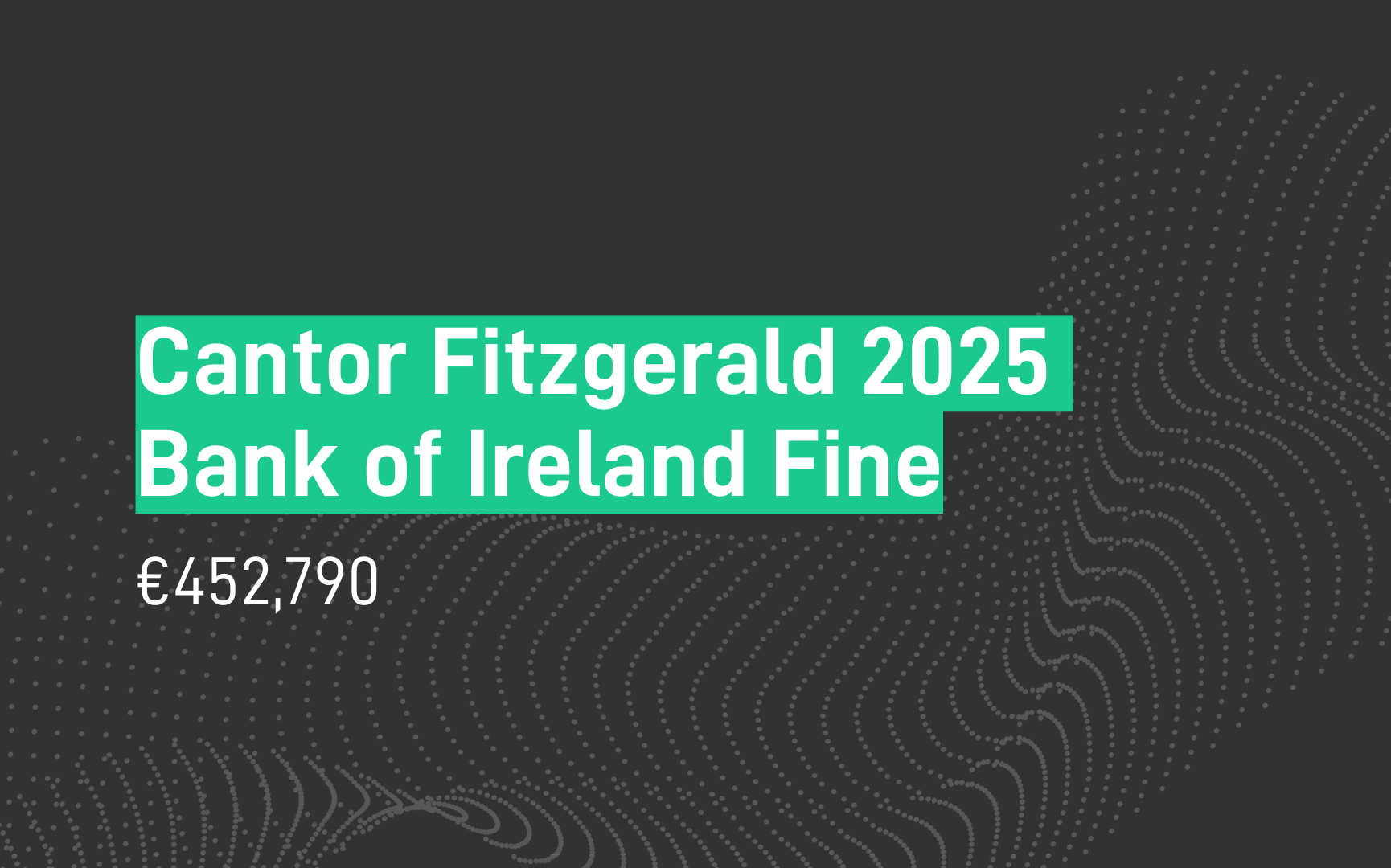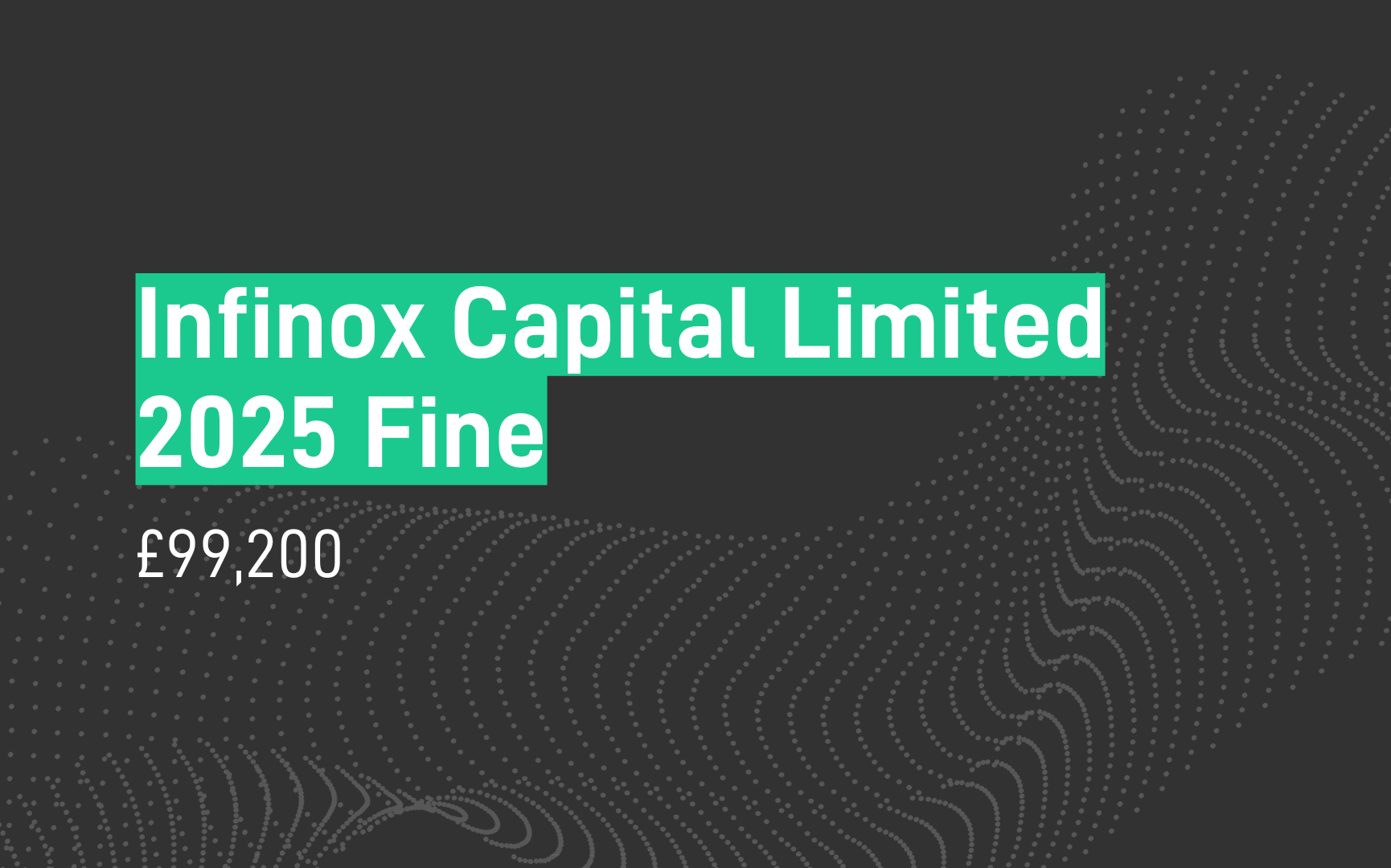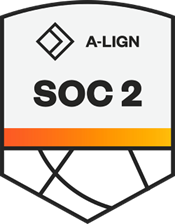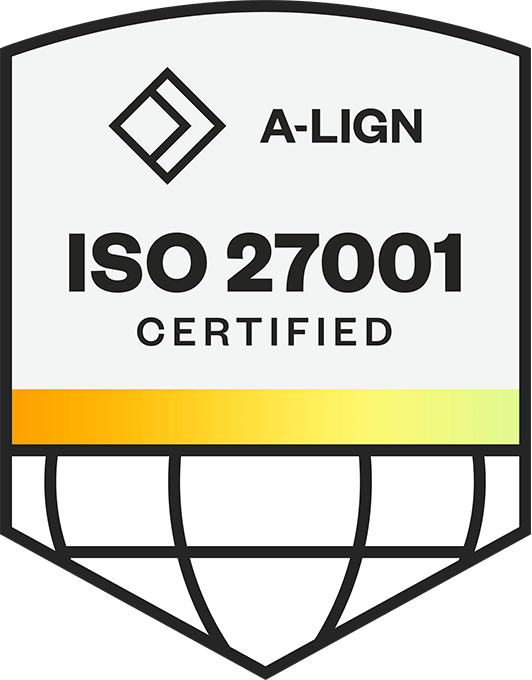Cloud technology has revolutionized business practices across various industries with no sign of adoption slowing down. Cloud computing can increase operational efficiency, improve agility, and reduce costs.
For financial firms, the cloud offers capabilities that can greatly enhance compliance areas like trade surveillance because of the speed, scalability, and flexibility it offers – delivering better risk detection, streamlined investigations, and quicker data analysis. However, making the move to the cloud is no small undertaking and requires careful consideration.
In this blog SteelEye, together with Sionic, explore the key considerations for firms looking to move their trade surveillance to the cloud, and why sticking with the same legacy solutions may not be the best option.
Topics covered:
Why financial firms should move trade surveillance to the cloud
 Many businesses and industries across the world have moved operational processes to the cloud. Compared to on-prem deployments, cloud storage and computing offers a secure, efficient, and highly scalable solution. It also offers cost reduction and quicker deployments and updates.
Many businesses and industries across the world have moved operational processes to the cloud. Compared to on-prem deployments, cloud storage and computing offers a secure, efficient, and highly scalable solution. It also offers cost reduction and quicker deployments and updates.
While the financial services industry was initially slow to adopt cloud technologies, it has come a long way. Cloud deployments are widely accepted and are now also expected within financial services. In fact, many hedge funds are becoming cloud-only to fully embrace the capabilities of the cloud and mitigate away from the constraints of on-prem solutions.
This comes as more and more investors demand their funds to utilize scalable and cloud-based solutions as it enables more operational efficiency with lower overheads.
For vendors, it’s easier and more cost-effective to build and maintain cloud-based solutions which are benefits they can pass on to their clients.
Why trade surveillance requires cloud computing
Cloud storage and computing offer speed, scalability, and flexibility in terms of data processing and analysis. When applied to trade surveillance, this creates enhanced opportunities to streamline processes, spot risks, and reduce false positives. For example, cloud computing can enable firms to analyze their trade surveillance data faster by ingesting, mapping, and indexing data from across multiple sources in near real-time. This can take surveillance from being reactive to a proactive practice by preempting adverse behaviors and practices before any financial crime or market abuse has taken place.
The cloud also enables a higher degree of adaptability and change where on-prem solutions are difficult to upgrade and adjust. This is important because, as trading behaviors and strategies change, so too must the surveillance of these trades. This requires agility, scalability, and flexibility which the cloud can facilitate to a much greater degree than on-prem hosting.
"As regulations update, the key with a NextGen product like SteelEye is the ability to quickly and flexibly adopt changes, unlike traditional solutions which require lengthy and cumbersome change processes."
- Nic Hull, Sionic Director, Head of Financial Crime & Compliance Europe
The problem with on-prem surveillance
On-prem solutions come with hefty maintenance costs and when it comes to upgrades, considerable effort is needed. Additionally, on-prem solutions are not very scalable or agile, and often the resources required to expand on-prem infrastructure outweigh the benefits it delivers in the long run.
There are also risks associated with on-prem surveillance, including aging security systems, insufficient data recovery, and business continuity mechanisms. Data security has often been cited as a blocker to cloud adoption. However, cloud solutions can be just as secure, if not more so, than on-prem deployments when implemented correctly.
Because of these challenges, the increased pressure from investors, cost benefits of cloud-based solutions for vendors, many are now pushing their clients to migrate from their on-prem solutions to newer SaaS platforms.

Why now is the best time to move trade surveillance to the cloud
Cloud adoption will continue to increase, and businesses using legacy solutions will need to migrate sooner or later. Therefore, the best option might be for firms to start their journey to the cloud now so that they’re not on the back foot and having to undertake a digital transformation program when there’s a hoard of other priorities. It’s a case of planning and executing for success, rather than playing catch up with a lack of time which brings a high risk of failure. As Benjamin Franklin once said “If You Fail to Plan, You Are Planning to Fail.”
As some vendors push their clients to migrate to their cloud-based trade surveillance alternatives, it is a good opportunity to evaluate what is available in the market as moving your trade surveillance to the cloud is more than just a lift-and-shift project.
With any cloud deployment, there are key considerations to keep in mind. Implementing cloud services requires careful planning and execution.
"Too many vendors promise the world and fail to deliver"
- Jason Merritt, SME, Market Abuse and Compliance, Sionic
Benefits of “built for cloud” solutions
Because cloud and on-prem systems work differently and have varying cost implications, moving trade surveillance to the cloud requires the right expertise and technology powered by a vendor that fully understands the cloud’s capabilities.
"Having performed numerous client migrations to compliance cloud services, we have been able to advise clients on the key pain points they’ll face, ensuring they haven’t been misled on the realities of what they have versus what they will get"
- Nic Hull Sionic Director, Head of FCC Europe.
Even if your current vendor’s existing on-prem surveillance solution has met your needs in the past, it does not mean they have the technical knowledge to build an equally sophisticated cloud-based solution. Firms that continue to support both on-prem and cloud-based delivery options often split their resources down the middle to manage both platforms. This is not ideal for trade surveillance solutions that need optimal management and dedicated resources.

Further, platforms that have been adapted from on-prem to the cloud might lack technical debt where solutions built specifically for the cloud leverage the benefits of the cloud’s software-as-a-service (SaaS) delivery model from day one.
As such, staying with the same vendor when moving to the cloud doesn’t guarantee the same or even better results. Starting from scratch and working with a cloud-first vendor will more likely be a better option for businesses that want to future-proof their surveillance systems.

How to effectively move trade surveillance to the cloud
Make sure your cloud vendor is compliant with what your clients require
Most of the top cloud providers, cognizant of their users’ compliance requirements, have achieved various certifications including ISO27001, SOC 2 and NIST, and they also offer a number of services that boast enterprise-grade security.
Make sure the cloud services have been implemented with care
Although highly secure, implementing and using these services requires great care. Securely and compliantly integrating surveillance cloud services means following security best practices and leveraging security tools like cyber-AI to identify and address cyber threats in real-time. Additionally, various processes should be implemented to continuously assess the security of a business’ chosen platform, such as penetration testing, vulnerability assessments, and data encryption for data in use and at rest. Ensuring IT security policies are strictly enforced is another key step businesses need to take to ensure their compliance in the cloud.
Make sure your trade surveillance vendor is knowledgeable about cloud compliance
-min.webp?width=306&name=Benefits-of-Built-for-Cloud-solutions%20(2)-min.webp)
Managing all security requirements in their own data centers is a tall and expensive task for any business, so drawing on the expertise of a cloud-first vendor that knows how to effectively manage compliance in the cloud can go a long way in ensuring your solution is fully compliant.
Top tips for surveillance system migrations from Sionic
-
Cost consideration and understanding your bottom line
Operational overheads, scalable resources, and alignment to your firm's ESG policies are becoming key drivers for SaaS adoption.
-
Don’t be forced to upgrade without understanding your options
Review the marketplace as many traditional vendors are mothballing their legacy solutions into a SaaS product, which lack the depth of oversight and analytical capability of their existing on-prem solutions.
-
Don't be fooled into thinking it will be a simple ‘lift & shift’
Data, as with any compliance solution, is key to ensuring successful solution deployment. Be warned, you may still need to perform lengthy data mapping and validation exercises to ensure your scenarios and detection are tuned to generate minimal false positives.
-
Limited offerings
Many vendors are slowly developing their cloud offerings and, therefore, the depth of their Analytics and Scenarios are limited.
Key questions to ask when moving trade surveillance to the cloud
When considering vendors for moving your trade surveillance to the cloud, here are some key questions worth asking:
|
|
SteelEye
Brian Lynch, President, SteelEye Americas
|
Sionic
Jason Merritt, SME, Market Abuse and Compliance
|
|
Integration
|
- Will this cloud-based vendor help you migrate your data efficiently? Does it offer historic loading of trade surveillance data?
|
- Does your chosen vendor provide an expedited means to integrate your data through dedicated APIs?
|
|
Calibration / Coverage
|
- Does this cloud-based vendor support backtesting and calibration?
- Does the cloud-based trade surveillance solution help you distinguish between, and calibrate alert scenarios for, different asset classes and instruments?
|
- Will your new vendor be able to configure data to meet your compliance team's requirements?
- Does your vendor provide full coverage and understand your business? Do they cover “Last Look” for FX, or understand the difference between the Buy and Sell Side? Does your vendor understand the impact of RFQs? MNPI and Market Soundings?
|
|
Other
|
- Is this vendor cloud-native (“built for the cloud”) or has it been adapted for the cloud?
- Is the cloud vendor cloud-compliant?
|
- Does your spoofing model from X and moving to Y create the same results? If not, can you justify it? Do you have a budget to recruit more staff if you have more alerts?
|

Summary
Cloud storage and computing are here to stay for compliance, and we are now seeing a plethora of vendors migrating their on-prem clients onto their newer cloud-based alternatives. For firms still operating on-prem surveillance solutions, moving to the cloud is an inevitability. It is a question of when not if. But selecting the right cloud-based surveillance vendor is an important consideration and not something that should be rushed.
Moving to the cloud is not an easy task but it offers firms an opportunity to take a step back, reassess their changing needs and do a thorough vendor assessment in order to get their cloud solution right from the start.
By working with an experienced cloud-first vendor, firms can successfully move their surveillance systems to the cloud without worrying about on-prem technical debt or compliance obligations. If you would like to explore cloud-first trade surveillance solutions, contact SteelEye’s expert RegTech team.
Explore cloud-first trade surveillance solutions from SteelEye
How SteelEye can help you get your trade surveillance into the cloud
SteelEye enables firms to comply smarter by using a holistic platform for compliance record keeping, oversight, and reporting. Our solutions have been built for the cloud and leverage the latest technologies to enable firms to effectively demonstrate that they have the necessary policies, procedures, and controls in place to prevent market manipulation and harmful conduct.
SteelEye’s holistic surveillance solution for trade and communications surveillance provides a robust archiving and efficient operational oversight platform that simplifies compliance and saves you time and money.
About Sionic
Sionic is a global consulting firm specializing in financial services. Our purpose is to accelerate the business, technology, and people performance of our clients and to have a positive impact on our society.
We are expert-led specialists across banking, asset and investment management, financial markets infrastructure, wealth management, insurance, and reinsurance.
We offer multi-disciplinary, multi-capability expertise across six core areas: business strategy, operational excellence and improvement, technology transformation and digitization, international regulatory compliance, risk, finance and control, leadership, talent, and cultural transformation.
Our main offices are in New York, Toronto, and London and we have 300+ staff based across North America, Europe, and Asia.
We offer a unique blend of subject matter expertise, senior industry experience, and specialism in transformation and change with a commitment to deliver measurable value.
Sionic is part of the Davies Group, a multi-award winning specialist provider of professional services and technology for insurance, highly regulated and global businesses with 5,500+ staff, 61 offices, 1,000+ clients worldwide.


 Many businesses and industries across the world have moved operational processes to the cloud. Compared to on-prem deployments, cloud storage and computing offers a secure, efficient, and highly scalable solution. It also offers cost reduction and quicker deployments and updates.
Many businesses and industries across the world have moved operational processes to the cloud. Compared to on-prem deployments, cloud storage and computing offers a secure, efficient, and highly scalable solution. It also offers cost reduction and quicker deployments and updates.


-min.webp?width=306&name=Benefits-of-Built-for-Cloud-solutions%20(2)-min.webp)


